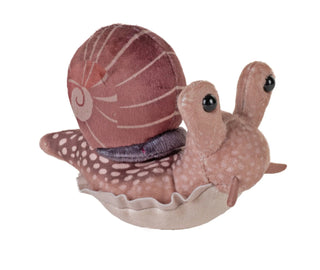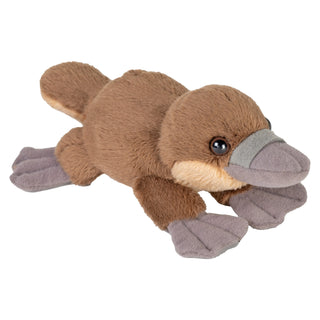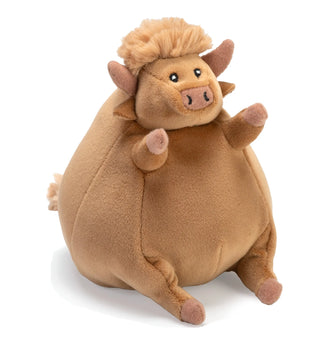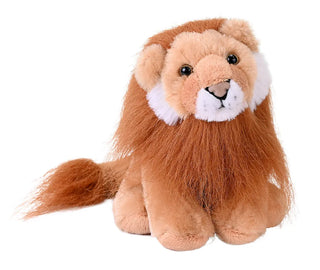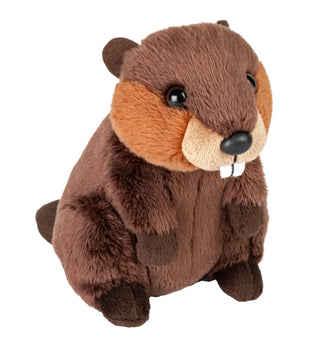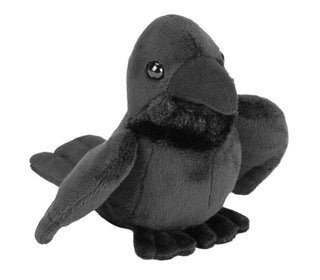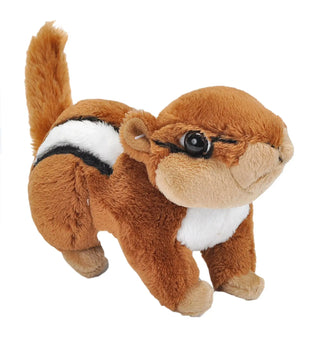Your Search For "five lined skink" Revealed The Following:
Filter
Active Filters
Pocketkins Eco Lynx Stuffed Animal - 5"
$8.99
- Unit price
- / per
INCLUDES:
- Age:0+
- Brand:Pocketkins Eco
- Gender:Boy
- Gender:Girl
- Size:5"
$8.99
- Unit price
- / per
Pocketkins Eco Snail Stuffed Animal - 5"
$8.99
- Unit price
- / per
INCLUDES:
- Age:0+
- Brand:Pocketkins Eco
- Gender:Boy
- Gender:Girl
- Size:5"
$8.99
- Unit price
- / per
Pocketkins Eco Platypus Stuffed Animal - 5"
$8.99
- Unit price
- / per
INCLUDES:
- Age:0+
- Brand:Pocketkins Eco
- Gender:Boy
- Gender:Girl
- Size:5"
$8.99
- Unit price
- / per
Pocketkins Eco Chimpanzee - 5"
$8.99
- Unit price
- / per
INCLUDES:
- Age:0+
- Brand:Pocketkins Eco
- Easter
- Features:Eco
- Gender:Boy
- Gender:Girl
- Size:5"
$8.99
- Unit price
- / per
Flipkins Highland Cow Stuffed Animal - 5"
$10.99
- Unit price
- / per
INCLUDES:
- Age:0+
- Brand:Flipkins
- Gender:Boy
- Gender:Girl
- Size:5"
$10.99
- Unit price
- / per
Lion Stuffed Animal - 5"
$7.99
- Unit price
- / per
INCLUDES:
- Age:0+
- Brand:Pocketkins
- Easter
- Gender:Boy
- Gender:Girl
- Size:5"
$7.99
- Unit price
- / per
Pocketkins Eco Beaver Stuffed Animal - 5"
$8.99
- Unit price
- / per
INCLUDES:
- Age:0+
- Brand:Pocketkins Eco
- Gender:Boy
- Gender:Girl
- Size:5"
$8.99
- Unit price
- / per
Pocketkins Eco Raven Stuffed Animal - 5"
$8.99
- Unit price
- / per
INCLUDES:
- Age:0+
- Brand:Pocketkins Eco
- Gender:Boy
- Gender:Girl
- Size:5"
$8.99
- Unit price
- / per
Pocketkins Eco Yellow Labrador Dog Stuffed Animal - 5"
$8.99
- Unit price
- / per
INCLUDES:
- Age:0+
- Brand:Pocketkins Eco
- Gender:Boy
- Gender:Girl
- Size:5"
$8.99
- Unit price
- / per
Chipmunk Stuffed Animal- 5"
Regular price
$7.20
$8.99
Save 20%
- Unit price
- / per
INCLUDES:
- Age:0+
- Brand:Pocketkins
- Easter
- Gender:Boy
- Gender:Girl
- Size:5"
Regular price
$7.20
$8.99
Save 20%
- Unit price
- / per
You're viewing 1-10 of 10 results


